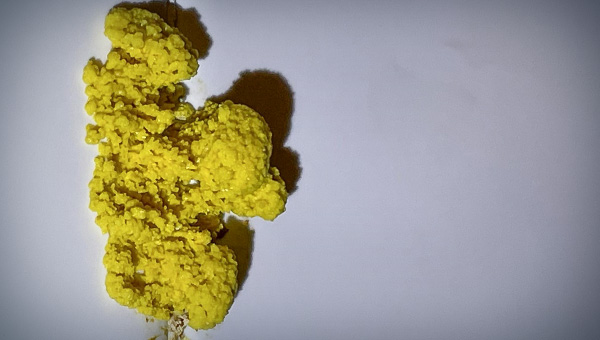
If you've ever walked into your bathroom only to find an alarming, mustard-yellow patch creeping along the tiles or grout, you're likely dealing with yellow slime mold. While it sounds like the title of a horror movie, this mold is surprisingly common in moisture-prone spaces like bathrooms. However, this isn't something to ignore. Let's dive into what yellow slime mold is, why it loves your bathroom, and how you can kick it to the curb for good.
Yellow slime mold, despite its shocking color and gelatinous appearance, is a natural organism that thrives in damp, humid areas. Often mistaken for other molds, slime mold differs in that it's technically not a fungus but a protist (if we're getting scientific here). Instead of just sitting there quietly, this mold has an appetite - it feeds on organic material and spreads out as it grows, resembling, well, a squishy blob.
Unlike the ominous black mold or those annoying specks of mildew, yellow slime mold prefers a bit more attention. It's bright, it's bold, and it'll keep showing up in your bathroom as long as it has the moisture and food source it loves. But the biggest question remains: Is it dangerous?
Yellow slime mold doesn't usually just appear in its full glory. It starts out small, often as a faint yellowish film or tiny, sticky-looking spots in corners, around faucets, or in grout lines. You might mistake it for a bit of dirt or soap scum. But unlike a smudge you can wipe away, this slime mold has staying power. Early-stage slime mold, while less visible, is easier to remove and can save you from a full-blown invasion.
Look for it in places that are often wet and overlooked. If you spot the beginnings of yellow slime, act quickly. Wiping it away might seem like enough, but without a proper shower mold removal process, it could make a fast comeback.
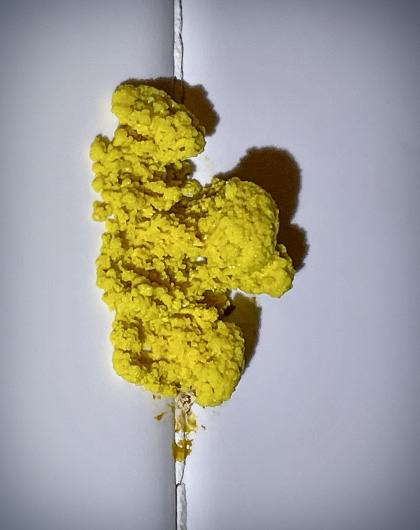
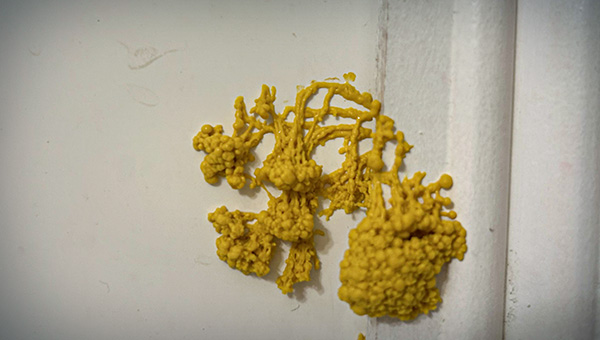
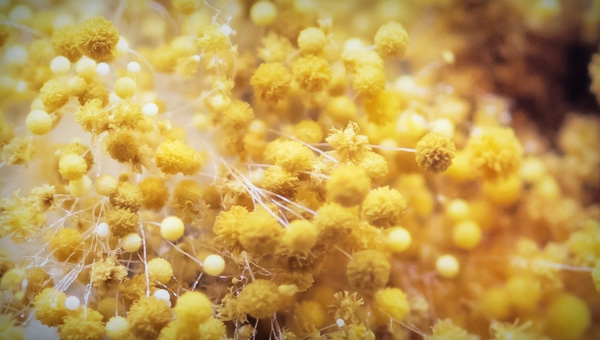
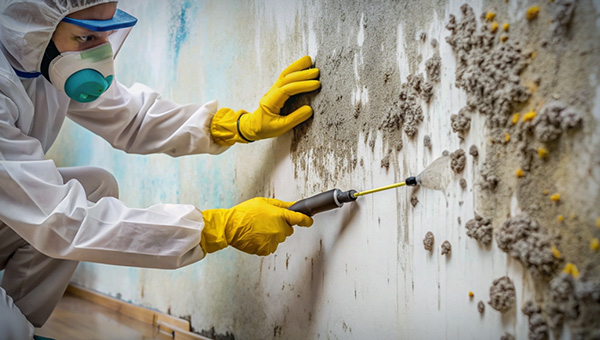
Seeing yellow slime mold might make your stomach churn, but is it dangerous? The answer, thankfully, isn't as scary as it seems. For most healthy adults, yellow slime mold is more unpleasant than harmful. However, it can become a problem for certain people.
Those with respiratory conditions, allergies, or compromised immune systems may experience irritation from mold exposure. That strange musty smell? It's not just unpleasant - it can lead to respiratory issues if inhaled repeatedly. And for anyone with a mold sensitivity, even minor exposure can lead to sneezing, coughing, or itchy eyes. So, while it might not be toxic, it's certainly not something you want hanging around.
Yellow slime mold might be common, but that doesn't mean it has to be a constant visitor in your bathroom. By understanding the causes and taking preventive steps, you can keep that bright, slimy pest at bay. And when it's time for professional bathroom mold removal help, FDP Mold Remediation is here to restore your bathroom to its pristine state. Reach out for a consultation and take the first step toward a cleaner, healthier space today.
Yes, but it loves humid spots, so bathrooms are prime real estate. Still, you might see it pop up in basements, kitchens, or anywhere else damp.
Not necessarily, but it can cause irritation for sensitive groups, so it's best to get rid of it.
With enough moisture and food, it can spread within days. The longer you wait, the more you'll see.
Yes! Some caulks, paints, and tiles are mold-resistant, which can help reduce the chance of future growth.



